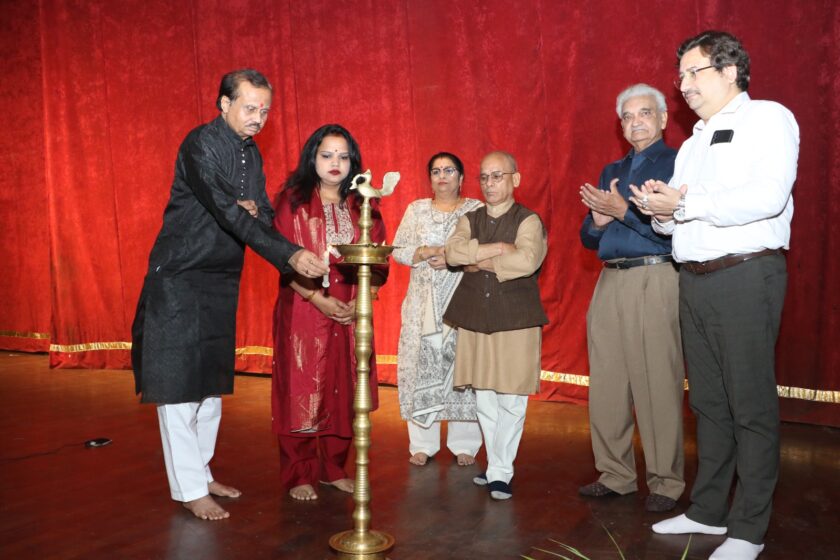A.K. Srivastava
Lucknow: Lucknow played a crucial role in the First War of Independence, 1857-58, fighting fiercely and defending longer than most other cities. Despite its pivotal contributions, Lucknow is often overlooked in favor of places like Jhansi, Delhi, and Meerut when recalling the Great Uprising. The rebellion in Lucknow began in May 1857 and lasted until March 1858, with Begum Hazrat Mahal continuing her resistance even after the fall of the East India Company.
While the Residency and Chinhat are remembered, several other key battles, such as Alambagh, Charbagh, Sikandar Bagh, Shah Najaf, and Begum Kothi, remain largely forgotten. Here’s a look at these battles and their significance:
- Alambagh (23rd September 1857, January-February 1858)
Kothi Alamara, now encroached upon and forgotten, was the site of the first battle to defend Lucknow, known as the “First Relief of Lucknow.” On September 23, 1857, British forces led by Havelock faced about 10,000 sepoys entrenched in Alambagh. Despite facing heavy resistance and suffering significant casualties, better artillery and experienced troops enabled the British to secure a hard-fought victory. Alambagh later became the base of British operations, even as Indian forces, led by Begum Hazrat Mahal, made repeated but unsuccessful attempts to dislodge them.
- Charbagh (25th September 1857)
The Charbagh bridge, strategically located on the Haidar Canal, served as a critical defense point for Indian forces. Armed with cannons and protected by an earthen rampart, freedom fighters fiercely resisted the British advance. The battle was marked by a deadly duel between the guns of the rebels and the British. Despite suffering heavy casualties and initially failing to make progress, British forces eventually stormed the bridge after a breach was created. Indian artillery leaders Mir Najaf Ali and Mirza Imam Ali Beg, along with Raja Tajammul Khan, made the ultimate sacrifice during this battle. Today, the Haidar Canal is surrounded by bustling markets, with no visible reminders of the historic battle fought there.
- Sikandar Bagh (16th November 1857)
This site witnessed one of the bloodiest battles during the British attempt to recapture Lucknow in November 1857. Defended by over 2,000 Indian fighters, including women, Sikandar Bagh presented a formidable challenge to the British. The defenders used muskets and other weapons from loop-holed walls to rain bullets on the advancing troops. After suffering severe losses, British forces managed to breach the walls using heavy artillery. Over 2,000 Indians were killed, and their sacrifice is commemorated by a plaque marking the breach site. The fierce resistance demonstrated the courage and determination of the freedom fighters.

- Shah Najaf (16th November 1857)
On the same day as the battle of Sikandar Bagh, Shah Najaf became another stronghold of resistance. In addition to regular troops, defenders used unconventional weapons such as bows, arrows, and burning torches to fend off the British. According to memoirs, the defenders hurled grenades, bricks, and even boiling water at the British. Despite intense resistance and heavy cannon fire, the British eventually breached the walls and forced Indian fighters to retreat across the Gomati River. Shah Najaf remains a symbol of valiant resistance, though its role in 1857 is seldom remembered.
- Begum Kothi (11th March 1858)
The final battle in Lucknow was fought at Begum Kothi, where Indian defenders had fortified the site with deep ditches and barricaded doors. British forces struggled to penetrate the defenses, with soldiers resorting to climbing on each other’s shoulders to breach the walls. The battle lasted for hours, resulting in the deaths of over 860 Indian fighters. After the British secured the site, the ditch that had stalled them was filled with the bodies of the fallen. Begum Kothi was demolished in the 1970s to make way for the Janpath Market, with no plaques or memorials to honor the sacrifices made there.
The Legacy of Lucknow’s Resistance
Lucknow’s battles in 1857 were marked by extraordinary valor and resistance against a well-equipped British army. From Alambagh to Begum Kothi, each site bears testimony to the city’s indomitable spirit during the Uprising. However, these sites have either been encroached upon or erased from memory, with no significant plaques or memorials to honor the martyrs who laid down their lives for freedom. It is vital to recognize and commemorate these forgotten battles, which are integral to India’s fight for independence.






